1. Introduction
Force and Laws of Motion
Introduction
What is Force?
It is a push or pulls on an object that produces an acceleration in the body on which it acts. S.I. unit of force is Newton.
A force can do three things on a body.
• It can change the speed of the body.
• It can change the direction of motion of a body.
• It can change the shape of a body.
Balanced Forces – When equal amounts of forces are applied to an object from different directions such that they cancel out each other, such forces are known as balanced forces.
• Balanced forces do not change the state of rest or motion of an object.
• Balanced forces may change the shape and size of an object.
• If forces nullify one another then their resultant force is zero.
Unbalanced Force – When forces applied to an object are of different magnitude (or not in opposite directions to cancel out each other), such forces are unbalanced forces.
• Unbalanced forces can alter the state of rest or motion of an object.
• Unbalanced forces can cause acceleration in an object.
• Unbalanced forces can change the shape and size of an object.
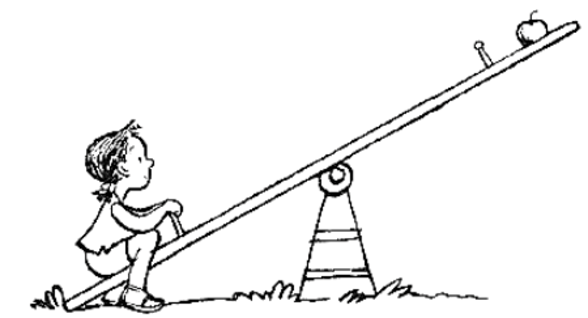
2. Newton's Law of Motion
Force of Friction
It is a force extended when two surfaces are in contact with each other. It always acts in a direction opposite to the direction of motion of the object.
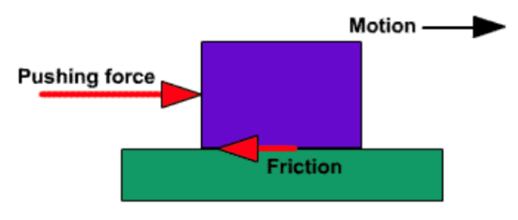
First law of motion: An object remains in a state of rest or of uniform motion in a straight line unless acted upon by an external unbalanced force.
Inertia: The natural tendency of an object to resist a change in their state of rest or of uniform motion is called inertia.
1. The mass of an object is a measure of its inertia.
2. Its S.I. unit is kg.
3. A body with greater mass has greater inertia.
Example of Inertia
• We fall back when a vehicle starts moving in the forward direction because our body is in the rest state and it opposes the motion of the vehicle.
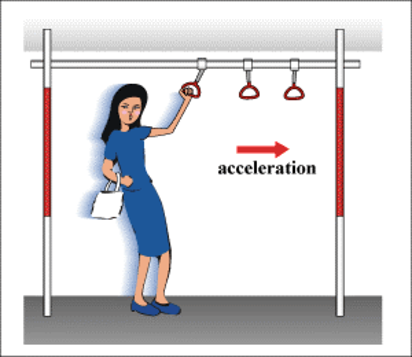
The second law of motion: The rate of change of momentum of an object is proportional to the applied unbalanced force in the direction of the force.
Momentum: The momentum of an object is the product of its mass and velocity and has the same direction as that of the velocity.
1.Its S.I. unit is kg m/s.
2.It is a vector quantity.
1 Newton: A force of one Newton produces an acceleration of 1 m/s2 on an object of mass 1 kg.
IN. = 1 kg m/s2 (F = ma)
For Example –
A cricketer when catches a ball pulls his hands in the backward direction to give some time to decrease the velocity of the ball. As the acceleration of the ball decreases the force exerted on catching the moving ball also decreases. If the cricketer would try to stop a moving ball suddenly, he would have to apply a larger force.
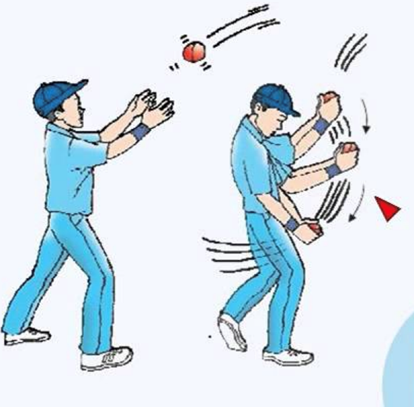
Third law of motion: To every action, there is an equal and opposite reaction and they act on two different bodies.
For Example, a ball when it hits the ground (action) bounces back with a certain force reaction.
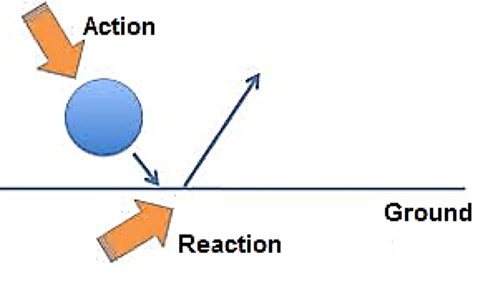
3. Law of Conversation of Momentum
Conservation of momentum
If the external force on a system is zero, the momentum of the system remains constant i.e., in an isolated system, the total momentum remains conserved.
Suppose A and B are two balls, they have mass m1 and m2 and initial velocities u1 and u2 as shown in above figure before collision. The two bodies collide and force is exerted by each body. There is change in their velocities due to collision.

 Science Made Easy
Science Made Easy
